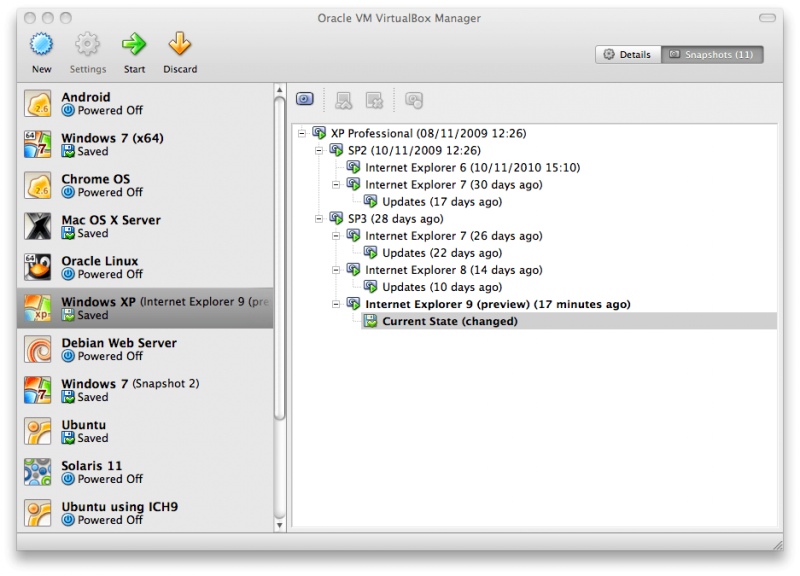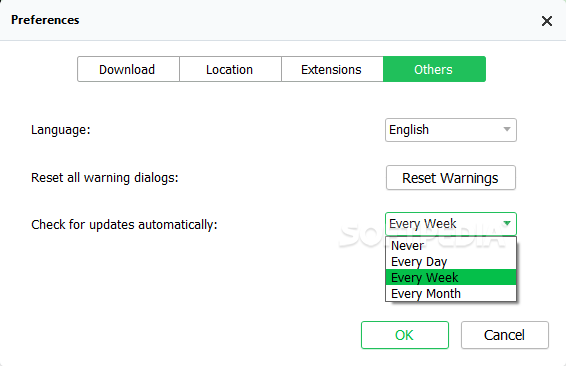

Windows NTs first GUI was strongly influenced by (and programmatically compatible with) that from Windows 3.1 Windows NT 4s interface was redesigned to match that of the brand new Windows 95, moving from the Program Manager to the Windows shell design. The full preemptive multitasking kernel could interrupt running tasks to schedule other tasks, without relying on user programs to voluntarily give up control of the CPU, as in Windows 3.1 Windows applications (although MS-DOS applications were preemptively multitasked in Windows starting with Windows386 ). Windows Nt 6.1 Full Preemptive Multitasking Its companion product, Windows 3.1, used segmented addressing and switches from 16-bit to 32-bit addressing in pages. Partial MS-DOS and Windows 16-bit compatibility is achieved on IA-32 via an integrated DOS Virtual Machine although this feature is not available on other architectures. Windows Nt 6.1 Software Compatibility Wasīroad software compatibility was initially achieved with support for several API personalities, including Windows API, POSIX, 9 and OS2 APIs 10 the latter two were phased out starting with Windows XP. However, support for MIPS, Alpha, and PowerPC was later dropped in Windows 2000.

Various versions of NT family operating systems have been released for a variety of processor architectures, initially IA-32, MIPS, and DEC Alpha, with PowerPC, Itanium, x86-64 and ARM supported in later releases.Īn initial idea was to have a common code base with a custom Hardware Abstraction Layer (HAL) for each platform.

Major features of the Windows NT family include Windows Shell, Windows API, Native API, Active Directory, Group Policy, Hardware Abstraction Layer, NTFS, BitLocker, Windows Store, Windows Update, and Hyper-V. The latest versions support x86 (including IA-32 and 圆4) and ARM. Initially, it supported several instruction set architectures, including IA-32, MIPS, and DEC Alpha support for PowerPC, Itanium, 圆4, and ARM were added later.

Starting with Windows 2000, 2 NT was removed from the product name and is only included in the product version string.


 0 kommentar(er)
0 kommentar(er)
